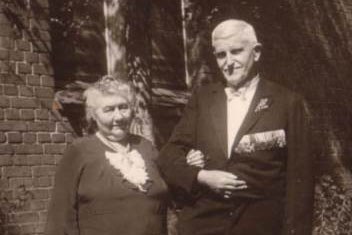Descendants can help decipher the stories and origins of recordings in the sound archive – like the great-grandson of a civil servant who recorded a dialect recording in the 1930s.
Many people recognise the faces of their ancestors from photo albums. But what did their voices sound like? Friedrich Dierks is lucky enough to know how his great-grandfather spoke. The family knew that there was a sound recording in the sound archive of the Humboldt University in Berlin that Hinrich Dierks recorded in 1936. When his great-grandson asked for a digital copy, he learnt that his grandfather’s recording would also play a role in the planned exhibition at the Humboldt Laboratory.
A happy coincidence, because Friedrich Dierks knows a lot about his great-grandfather’s life and has historical photos, which he makes available.
Born in 1867, Hinrich Dierks was a busy man. He travelled the world as a clerk on a ship and later became a senior civil servant in the Imperial Navy Ministry. Despite this, he retained a close connection to the farming background from which he came.
The curators of the exhibition know quite a lot about Hinrich Dierks – partly thanks to contact with his great-grandson. The situation is different for many people who made recordings in the 1920s or 1940s. ‘That’s why we think it would be exciting to find as many descendants as possible,’ says Antonia von Trott zu Solz. The linguist is responsible for the presentation of the sound archive at the Humboldt Laboratory, which has a collection of around 7,500 shellac discs, wax cylinders and tapes. These include, for example, voice portraits of famous personalities from the German Empire and the Weimar Republic. The core of the archive collection, however, is the documentation of various languages and dialects.

